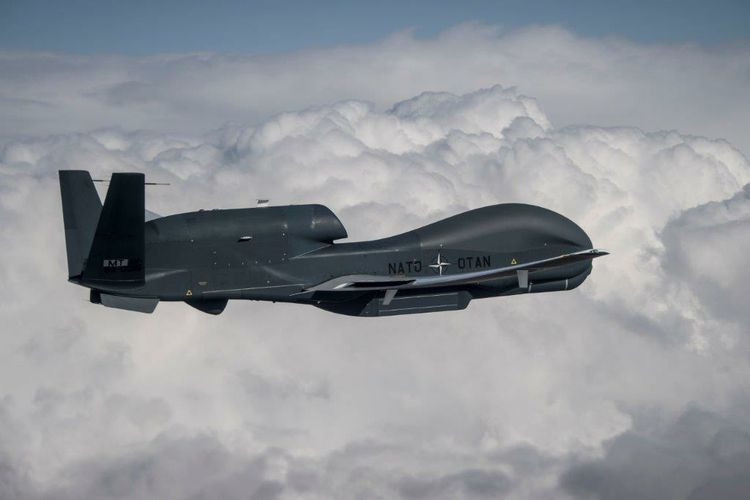A British surveillance aircraft is first to conduct a full transit flight along NATO’s eastern border from Greece via the Black Sea and the Baltics to high north outside Russia’s Kola Peninsula.
British, U.S. and Swedish electronic gathering flights close to Russia’s border inside the Arctic Circle have become regular in the years after Moscow launched its war on Ukraine.
The flight this week, however, was a first-of-a-kind.
From there, the plane made it back to its home base Waddington military air base in England.
Air-to-air refuelling of the RC-135W took place over Romania and Poland.
“This is a landmark moment and demonstrates the UK’s unwavering commitment to NATO,” said Allan Marshall, Air and Space Commander of the Royal Air Force.
“This is one of the longest transits South to North. The UK’s commitment to NATO is unwavering,” Marshall stated.
Except in Norway’s northeastern corner, the plane approached close the Belarus and Russian border over Poland, the Baltics, Finland and the Barents Sea. Norway has self-imposed restraint on NATO activity near its border with Russia. The UK plane therefor had to circumnavigate to west of Tana and Varanger before flying eastwards again in international airspace over the Barents Sea.
Onboard, the crew has the ability to hoover up a huge amount of date which can be analysts and quickly processed and shared with ground units in real time. That includes radar-tracks from military installations on the Kola Peninsula and other Russian electromagnetic signals important to understand movements and capabilities.
This Monday, Nato launched its annual tactical nuclear exercise Steadfast Noon, including personell from eight airbases in Europe. This year is the first time Finland as a NATO member participates on drilling nuclear tactics. Four of the country’s F/A-18 fighter jets are currently deployed to Britain as part of the drill, newspaper Ilta-Sanomat reported.
It is expected that Russia soon will launch its annual nuclear strategic exercise GROM (Thunder). The Barents Sea region will then play a key role with launching of ballistic missiles from at least one submarine. In recent years, the Russian nuclear forces have also included nuke-capable cruise missiles from both warships and aircraft in the exercise.
To protect its nuclear weapons, the country’s military keeps eye on movements by NATO and neighbouring Norway.
Monitoring Russian intelligence gathering airplanes
Like on Tuesday, when a Ilyushin Il-20M electronic surveillance aircraft came out from the Kola Peninsula and flew international airspace north of Norway’s Finnmark region. Two Norwegian F-35 fighter jets on duty for NATO were scrambled from Evenes airbase to identify the Russian plane, newspaper iFinnmark reported.
“It is important for Norway and NATO to discover and identify them,” said spokesperson Eivind Byre with the Norwegian air force to iFinnmark.
“We do this to have an overview of how often they fly and which routes they take, but also to show that we are in control and monitor the airspace.”
Issues affecting circumpolar nations
Related stories from around the North:
Canada : Canadian military says it has tracked, stopped China surveillance in Arctic waters, The Canadian Press
Finland: Finland, Norway discuss rail, road connections for military, including Lapland base, Yle news
Iceland: Arctic allies meet in Iceland to tackle growing security challenges, climate, Eye on the Arctic
Norway: Norway defence budget to ensure armed forces strong enough to deter Russia, The Independent Barents Observer
Russia: Russian defence minister visits naval infantry brigade near Nordic NATO border, The Independent Barents Observer
Sweden: Sweden announces sweeping defence bill amidst increasing geopolitical tensions, Radio Sweden
United States: Startling video shows Russian fighter jet flying within feet of U.S. F-16 near Alaska, The Associated Press
For more news from the Barents region visit The Independent Barents Observer.

















